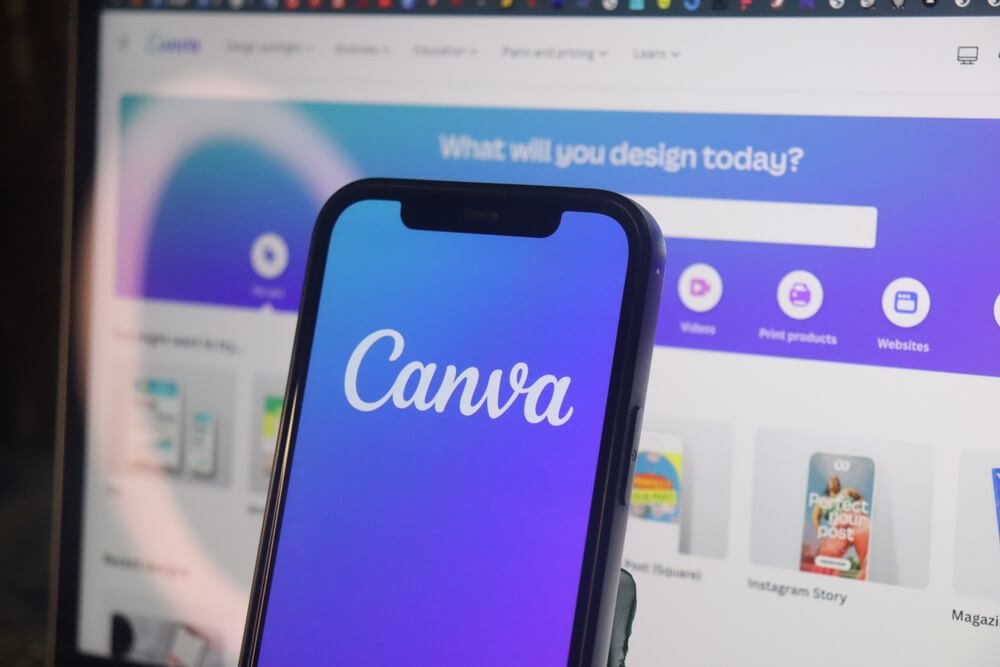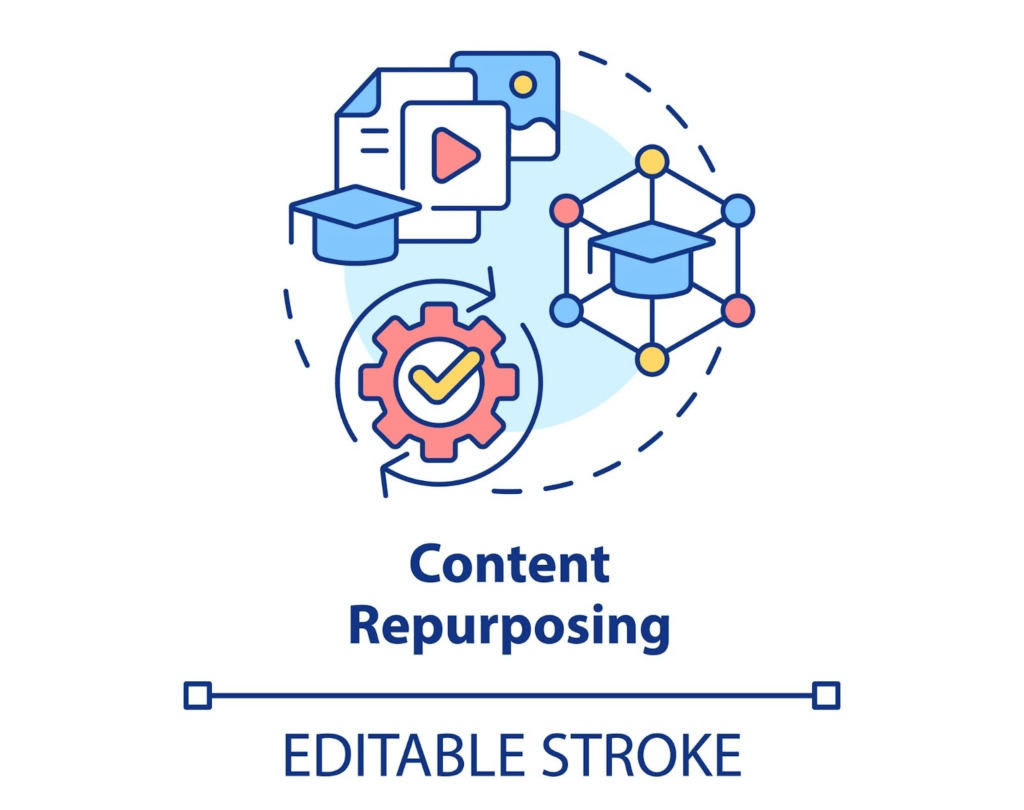In the vast and ever-evolving realm of digital marketing, the need to adapt and innovate is paramount. Among the myriad strategies available, one that stands out for its efficacy in maximizing online presence is social content repurposing. This transformative approach involves taking existing content and tailoring it to suit the nuances of various social media platforms, ensuring a wider reach and deeper engagement with your audience.
Let’s delve deeper into the strategies, benefits, and tools that can elevate your social content repurposing game.
What is social content repurposing?
At its core, social content repurposing is a strategic maneuver that recognizes the diverse landscape of social media. Social content repurposing is the process of adapting and reusing your existing content across different social media channels. It involves not just reposting, but reshaping and reimagining your content to align with the unique preferences and behaviors of users on platforms like Facebook, Instagram, Twitter, and LinkedIn.

Why should I repurpose social content?
The rationale behind repurposing content is rooted in its multifaceted benefits. First and foremost, it allows you to cast a wider net, reaching audiences across different platforms. By adapting your content for each platform’s distinct style and audience expectations, you enhance user engagement.
Moreover, social content repurposing is a savvy use of time and resources, maximizing the value derived from your initial content creation efforts. From an SEO perspective, repurposing reinforces key messages, contributing to improved online visibility.
- Expanded Reach: Reach a wider audience by tailoring content for diverse social platforms.
- Enhanced Engagement: Adapt content to suit each platform’s unique style, encouraging higher user engagement.
- Time and Resource Efficiency: Maximize the value of your content creation efforts by repurposing existing material.
- SEO Boost: Increase your online visibility by sharing repurposed content and reinforcing key messages.
How do I choose which content to repurpose?
When it comes to social content repurposing, the success of your strategy hinges on the careful selection of the right material. This involves a strategic and thoughtful approach that takes into account the ever-changing dynamics of digital platforms and the preferences of your audience. Here’s an in-depth look at the steps involved in choosing content for repurposing:
1. Identify Evergreen Content
The bedrock of a successful repurposing strategy lies in identifying and leveraging evergreen content. Evergreen content refers to pieces that withstand the test of time, offering enduring value to your audience. These timeless gems remain relevant irrespective of current trends or news cycles. Examples include comprehensive guides, fundamental tutorials, or content that addresses perennial issues within your industry.
By pinpointing evergreen content in your arsenal, you ensure that the material you choose to repurpose maintains its relevance long after its initial publication. This not only maximizes the longevity of your content but also ensures that it continues to provide value to your audience over an extended period.
2. Analyze Performance Metrics
Data is the compass that guides your content strategy. To choose content for repurposing, delve into the performance metrics of your existing material. This step is crucial for understanding what resonates with your audience and identifying content that has already demonstrated its appeal. Key performance indicators (KPIs) to consider include:
- Views: Which pieces have garnered the most views? Analyze the traffic to identify popular content.
- Shares: What content has been shared extensively across social media platforms? Identify the pieces that have organically reached a broader audience.
- Engagement: Look at comments, likes, and other forms of interaction. Content that sparks engagement is an indicator of audience interest.
By analyzing these metrics, you gain insights into the preferences and behaviors of your audience. This, in turn, allows you to make informed decisions about which content holds the most potential for successful repurposing.
3. Update and Refresh
Content, like any other aspect of the digital landscape, is subject to change. To ensure the continued relevance of your selected content, embark on a process of updating and refreshing. This involves:
- Updating Statistics: If your content relies on data or statistics, ensure that these figures are current. This not only adds credibility but also reflects the latest information in your industry.
- Refresh Examples: If your content includes examples, case studies, or anecdotes, consider updating them to reflect recent developments or trends.
- Provide a Fresh Perspective: Take the opportunity to inject new insights or perspectives into your content. This keeps the material relevant and showcases your commitment to staying at the forefront of industry advancements.
By breathing new life into older content, you prevent it from becoming stale or outdated. This practice also allows you to present familiar information in a novel way, catering to both new and returning audiences.

In what different ways can I repurpose my content?
The true strength of social content repurposing lies in its ability to transcend the boundaries of traditional content creation, adapting seamlessly to the dynamic preferences of diverse digital platforms. This adaptability allows for a rich array of strategies, ensuring that your content resonates with a wide audience.
Here are a myriad ways you can repurpose your content to maximize its impact:
1. Create Infographics
Infographics are powerful visual tools that distill complex information into easily digestible and visually appealing graphics. Platforms like Instagram and Pinterest thrive on visual content, making infographics an excellent choice for repurposing. By condensing key information into concise, graphically pleasing formats, you not only capture attention but also convey your message swiftly and memorably.
The key to successful infographics lies in simplicity and clarity. Choose vibrant visuals, use easy-to-understand icons, and present information in a logical flow. This strategy not only enhances engagement but also encourages users to share your content across their networks, amplifying its reach.
2. Transform Blog Posts into Videos
Here’s how to repurpose blog content for social media:
To tap into the preferences of audiences who favor visual storytelling, repurpose your written blog content into engaging videos. Platforms like YouTube, TikTok, and even Instagram allow for diverse video formats.
Utilize snippets from your blog posts to create compelling video content. Incorporate visuals, animations, and narration to bring your written content to life. This caters to the growing audience preference for video and expands your reach to platforms specifically designed for visual content consumption.
3. Craft Twitter Threads
Twitter’s character limit encourages brevity and conciseness, but that doesn’t mean you can’t repurpose longer-form content on this platform. Break down your comprehensive articles or blog posts into tweet-sized insights and craft Twitter threads. This strategy allows you to share valuable information in a bite-sized format, fostering interaction and discussion among your audience.
Twitter threads create a sequential narrative, encouraging users to engage with each tweet and share their thoughts. By repurposing content in this format, you adapt to the platform’s constraints and capitalize on its real-time, conversational nature.
4. Develop Podcast Episodes
The popularity of podcasts has surged in recent years, providing a unique opportunity for content repurposing. Take advantage of the audio format to reach a new audience by converting your written content into podcast episodes. This strategy allows users to consume your content during activities like commuting, exercising, or even relaxing at home.
Maintain a conversational and engaging tone in your podcast episodes. Use the opportunity to elaborate on key points, provide additional insights, or feature guest speakers for a dynamic listening experience. Platforms like Spotify and Apple Podcasts offer a vast audience for your repurposed audio content.
LeadOrigin, the forefront of digital marketing prowess in Texas, empowers your brand by strategically repurposing content for social media to its fullest potential. With a keen understanding of your content landscape, they craft personalized repurposing strategies that transform your existing assets into visually stunning graphics, engaging videos, and dynamic social media posts.
How can I repurpose content for different social media platforms?
How to repurpose content for social media? The landscape of social media is diverse, each platform possessing its own unique attributes and user expectations. To truly harness the power of social content repurposing, it’s crucial to tailor your approach to different platforms.
Let’s explore how you can adapt your content to seamlessly integrate with the distinct characteristics of Facebook, Instagram, Twitter, and LinkedIn:
Facebook: Accommodating Longer-Form Content
Facebook, with its expansive user base and diverse content consumption patterns, is well-suited for longer-form content. By embracing the capacity for detailed content and interactive features on Facebook, you can create a dynamic and engaging presence on this platform.
When repurposing content for Facebook:
- Share Articles: Leverage the platform’s capability to host and share longer articles. Craft in-depth content that sparks interest and encourages users to spend more time engaging with your material.
- Run Polls: Engage your audience through polls, tapping into the interactive nature of Facebook. Pose questions related to your content to encourage participation and gather valuable insights.
- Interactive Posts: Create content that invites meaningful discussions. Posts with open-ended questions or calls to action can foster a sense of community and interaction among your followers.
Instagram: Prioritizing Visual Appeal
Instagram is synonymous with visual storytelling, making it a hub for captivating images and creative expression. By focusing on visually stimulating content, you align with the expectations of Instagram users and enhance the likelihood of your content being shared and discovered.
When repurposing content for Instagram:
- High-Quality Images: Visual appeal is paramount on Instagram. Condense key messages into striking images that resonate with your brand and captivate your audience.
- Carousels: Utilize the carousel feature to share a series of images, each contributing to the narrative. This allows for a more immersive and in-depth experience for your audience.
- Stories: Leverage Instagram Stories for timely and ephemeral content. Use this feature to share behind-the-scenes glimpses, updates, or quick takeaways from your repurposed content.
Twitter: Embracing Brevity and Trending Conversations
Twitter’s fast-paced and concise nature demands a unique approach to content repurposing. By embracing brevity and actively participating in trending conversations, you can maximize the reach and impact of your repurposed content on Twitter.
- Concise Messages: Craft concise and impactful messages that get straight to the point. Utilize the character limit to distill key insights from your content into easily digestible tweets.
- Trending Conversations: Participate in trending conversations to boost visibility. Repurpose your content in a way that aligns with ongoing discussions and relevant hashtags.
- Visuals and GIFs: Enhance your tweets with visuals and GIFs to increase engagement. Visual elements catch the eye and can convey additional information in a succinct manner.
LinkedIn: Catering to a Professional Audience
LinkedIn, being a platform geared towards professionals and businesses, requires a tailored and professional approach to content repurposing. By aligning your content with the professional tone of LinkedIn, you can establish authority in your industry and foster meaningful connections with your audience.
- Professional Insights: Share insights and thought leadership pieces that resonate with your professional audience. Craft content that adds value to their industry knowledge.
- Industry Updates: Keep your audience informed about the latest industry developments. Repurpose content that highlights trends, news, and updates relevant to your niche.
- Longer-Form Articles: LinkedIn allows for longer-form articles. Repurpose your in-depth content, such as blog posts and whitepapers, to cater to the platform’s professional and knowledge-seeking audience.

What tools can help with social content repurposing?
In digital marketing, efficiency and creativity go hand in hand. When it comes to social content repurposing, having the right tools at your disposal can make the difference between a cumbersome process and a streamlined, effective strategy. Here are tools that can elevate your repurposing game, offering capabilities to transform your content for diverse platforms:
Canva: Crafting Visual Brilliance
Canva stands out as a versatile and user-friendly graphic design tool that empowers users, regardless of their design expertise. Whether you’re creating stunning visuals, infographics, or eye-catching social media posts, Canva provides an intuitive platform with an extensive library of templates, images, and design elements.
How It Aids Repurposing:
- Visually Striking Graphics: Canva allows you to translate key information into visually stunning graphics and infographics, ideal for platforms like Instagram and Pinterest.
- Template Variety: With a vast array of templates, you can quickly adapt your content to different visual formats, ensuring consistency and professionalism across various platforms.
Headliner: Transforming Blogs into Engaging Audio
Headliner caters to the audio-centric landscape by facilitating the transformation of written content, such as blog posts, into engaging audio snippets. This tool is particularly well-suited for those looking to venture into podcasting or enhance their presence in the auditory realm of social media.
How It Aids Repurposing:
- Audio Storytelling: Easily convert blog content into engaging audio snippets, catering to audiences who prefer listening over reading.
- Podcast Enhancement: Ideal for creating teasers, highlights, or promotional snippets to promote your full-length podcast episodes.
Buffer: Streamlining Social Media Management
Buffer is a comprehensive social media management tool that simplifies the process of scheduling and automating content sharing across multiple platforms. It offers a centralized hub for managing your social media presence, analyzing performance, and engaging with your audience.
How It Aids Repurposing:
- Cross-Platform Sharing: Streamline the repurposing process by scheduling and automating the sharing of repurposed content across various social media platforms.
- Analytics: Gain insights into the performance of your repurposed content, allowing you to refine your strategy based on real-time data.
Adobe Spark: Elevating Visual and Video Content
Adobe Spark empowers users to design compelling videos and visual content with ease. This tool is renowned for its user-friendly interface and robust features, making it accessible to both beginners and experienced designers.
How It Aids Repurposing:
- Dynamic Video Creation: Transform your content into engaging videos, catering to the visual preferences of platforms like Facebook and Instagram.
- Visual Enhancements: Design visually appealing content that captures attention and enhances the overall appeal of your repurposed materials.
How often should I repurpose content?
Determining the optimal frequency for repurposing content depends on several factors, including your content strategy, the nature of your industry, and the preferences of your target audience. While there is no one-size-fits-all answer, here are some considerations to help you determine how often you should repurpose your content:
Content Quality over Quantity
Prioritize the quality of your repurposed content over frequency. It’s better to repurpose content less frequently but ensure that each piece provides genuine value and resonates with your audience.
Content Relevance
Repurpose content when it remains relevant to your audience. If you have evergreen content or topics that continue to be valuable over time, you can repurpose them periodically without the risk of becoming outdated.
Content Variety
Vary the types of repurposed content to keep your strategy fresh and engaging. Instead of repurposing the same way every time, explore different formats, such as infographics, videos, podcasts, or social media threads.
Platform-Specific Considerations
Adapt the frequency based on the social media platforms you use. Platforms like Twitter and Instagram may allow for more frequent repurposing due to their fast-paced nature, while on platforms like LinkedIn, a more thoughtful and less frequent approach may be suitable.
Audience Engagement
Monitor audience engagement and feedback. If your audience responds positively to repurposed content and continues to engage with it, you may consider increasing the frequency. Conversely, if you notice fatigue or a decline in engagement, reassess your strategy.
Seasonal or Trend-Driven Content
Repurpose content in response to seasonal trends or industry developments. Certain topics may gain relevance during specific times of the year, events, or trending conversations. Use these opportunities to repurpose content and stay timely.
Content Calendar
Plan your repurposing strategy within the context of your overall content calendar. Align repurposed content with your broader content marketing goals and campaigns to ensure consistency and coherence in your messaging.
Testing and Iteration
Experiment with different frequencies and observe the results. A/B testing can help you understand how different repurposing schedules impact audience engagement. Use analytics to track the performance of repurposed content and adjust your strategy accordingly.
Balance with Original Content
Maintain a balance between repurposed and original content. While repurposing is a valuable strategy, it should complement, not replace, your creation of fresh, original content that addresses new developments and trends in your industry.
Maximizing Your Digital Presence with Social Content Repurposing
Social content repurposing is a dynamic strategy that elevates your digital marketing efforts. By leveraging the right tools and adopting a thoughtful approach, you can enhance engagement, expand your reach, and establish a strong online presence.
LeadOrigin, a leading digital marketing agency in Austin, understands the power of social content repurposing in building brands and driving results. Embrace this transformative practice to stay ahead in the ever-evolving digital landscape. Consult with them today!

